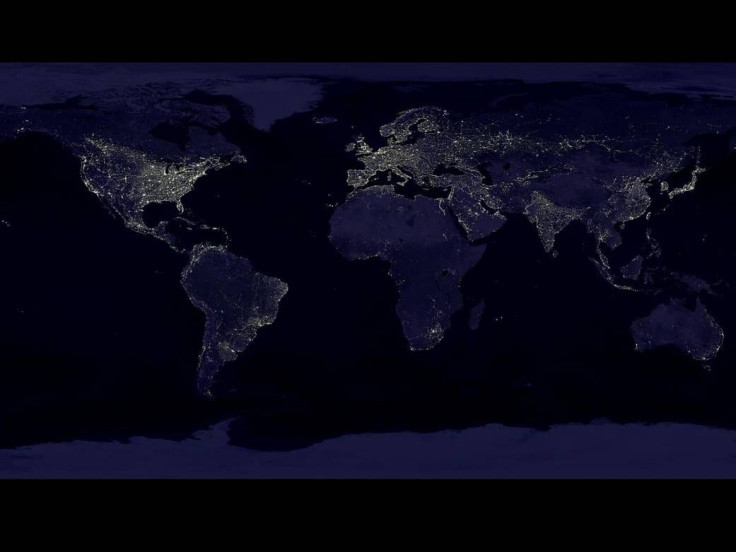LED Use Saves Energy And Money But Increases Light Pollution

Even as the world is using more and more LED lights in a bid to reduce energy consumption, this switch to energy efficiency is turning out to have an unintended negative consequence: the increase in global light pollution.
A research paper published Wednesday used satellite data and found that “loss of the night” is going up in most places around the world. It used data from the Visible Infrared Imaging Radiometer Suite Day-Night Band instrument, mounted on the National Oceanic and Atmospheric Administration’s Suomi-NPP satellite, which has been in orbit since 2011.
There are two separate factors to be considered when looking at light pollution — the total outdoor area that is artificially lit, and the brightness of those lit areas. Data showed that for four years, “from 2012 to 2016, Earth’s artificially lit outdoor area grew by 2.2 percent per year, with a total radiance growth of 1.8 percent per year. Continuously lit areas brightened at a rate of 2.2 percent per year,” according to the study.
The researchers behind the study suggest this increase in artificial lighting is due to a “rebound effect” — increased use of light in response to the lower cost of using it.
“Increases in radiance in areas around cities may result from several processes. In many cases, cities expand into new areas, causing their edges (which were previously only partly urbanized) to become brighter. In other cases, radiance increase may be due to the expansion of electrification or to increasing wealth in adjacent areas,” the study says.
Another factor responsible for decreasing darkness is the scattering of light by the atmosphere. A lot of this scattering happens at wavelengths of light under 500 nanometers, which makes up blue light associated with LEDs. Sensors used by Suomi-NPP can’t detect light below that wavelength, and sometimes records a dimming when, in fact, there is actually a brightening, as shown by pictures taken from the International Space Station, the researchers said in a statement Wednesday.
“For very bright cities, this causes a glow over adjacent areas that have little or no lighting. Transitions to LED lighting greatly increase this ‘skyglow,’ because the clear sky predominantly scatters short-wavelength light,” the study explains.
The data also showed a marked discrepancy in the increase in light pollution among different regions of the world. Very few countries — those suffering from war, for example, such as Yemen and Syria — showed a decrease in light emissions, while some of the brightest countries — Italy, the Netherlands, Spain, and the United States — showed stable light output. Almost all countries in Africa, Asia, and South America, on the other hand, increased the amount of light they produce along with overall lit outdoor area.
Based on the geographical variations in the distribution of growth in light pollutions, the researchers link it to the economic growth of various regions around the planet.
“The fact that the median country’s 15 percent increase in lighting from 2012 to 2016 nearly matched the median 13 percent increase in GDP suggests that outdoor light use remains subject to a large rebound effect on the global scale,” according to the study.
Artificial light, especially during nights, is an environmental pollutant and is harmful to nocturnal creatures, including vertebrates, invertebrates, plants and even microorganisms. There is increasing evidence that artificial light may be negatively affecting human health too.
The study concludes that in the near term, its emission into the environment will continue to increase.
The open-access paper, titled “Artificially lit surface of Earth at night increasing in radiance and extent,” appeared in the journal Science Advances.
© Copyright IBTimes 2024. All rights reserved.




















